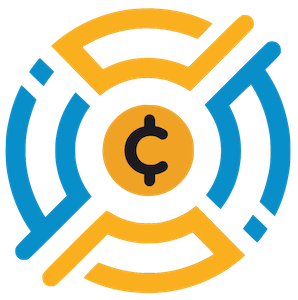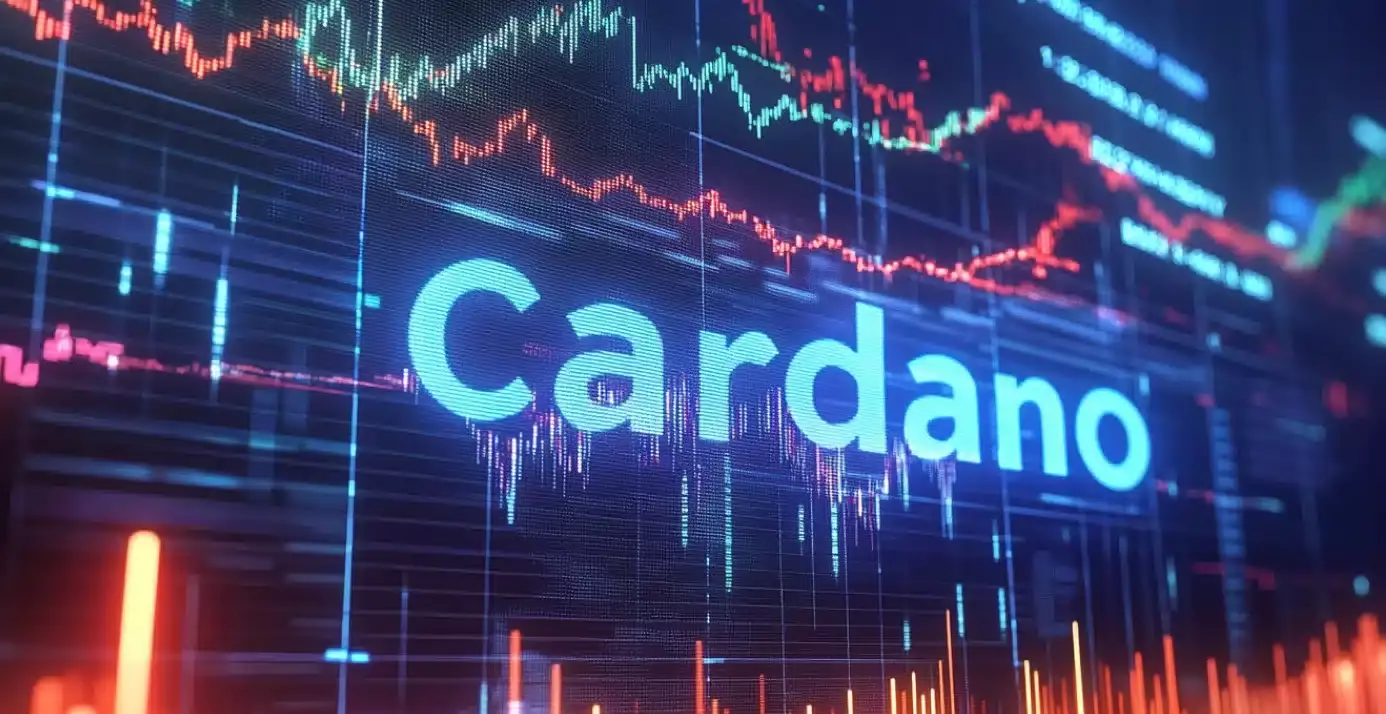Cardano has taken a noteworthy leap by integrating into the beta version of the Brave Wallet, a move that hooks it into the browser’s extensive user base of 88 million monthly active members. While the news would typically incite excitement among crypto enthusiasts, it seems to fall flat in the context of the current market sentiment. Why, despite this apparent victory, is Cardano (ADA) still languishing in a prolonged downtrend? The answer, I believe, lies in the disconnect between technological advancement and market perception.
The Brave Wallet integration enables Cardano users to manage various transactions seamlessly—sending and receiving tokens, swapping assets, and engaging with decentralized apps. Furthermore, it allows participation in governance, which is becoming increasingly essential as users demand greater autonomy over the cryptocurrencies they invest in. Yet, the reality is that Cardano’s price continues to wane, trading at around $0.6002 recently, which reflects more a crisis of confidence than a mere market adjustment. When monumental features like these are introduced and yet fail to spur interest, questions about the overall strength of the Cardano ecosystem must be raised.
Price Action: A Clear Signal of Bearish Sentiment
Despite being buoyed by innovative partnerships, Cardano’s position within the market is glaringly uninspiring. The ADA token remains entrenched in a clear downtrend, trading near its lowest point since mid-April. What’s particularly disquieting is how it huddles below all significant moving averages, indicating an overwhelming bearish momentum that even a Brave Wallet integration cannot shatter. The statistics paint a bleak picture: ADA’s trading volume has plummeted by nearly 50%, and the derivatives metrics mirror this downturn. If these numbers are anything to go by, speculative interest is drying up—one could argue that the years of anticipation surrounding Cardano’s emergence have devolved into skepticism.
With Cardano’s price oscillating between $0.5913 and $0.6556 in the last week alone, the indicators are decidedly grim. The weakening spot market activity and the fact that it is now floundering below the basics of technical support suggest that traders are looking elsewhere. What’s more troubling is the finding from Coinglass data, which points to dwindling open interest and derivatives volume—signaling a political debate of sorts among traders: Is Cardano worth it?
The Technical Circus: A Tenuous Dance With Neutrality
Digging deeper into the technical analysis reveals a muddled scene where bullish signals are few and far between. The relative strength index (RSI) hovers around 32.8—teetering perilously close to being oversold but lacking any compelling indicators for a rebound. Notably, the Bollinger Bands reflecting narrowing volatility position ADA at the lower end of market sentiment. In a situation like this, it is crucial to ask: Is the integration with Brave merely a superficial gesture without the real substance needed to inspire traders?
Furthermore, despite an indication from the Commodity Channel Index that suggests a potential short-term bounce, the overarching direction is painfully downward. The moving average convergence divergence remains firmly in negative territory. These metrics imply that even if ADA manages to climb back up to the $0.63 mark—a task that is becoming increasingly Herculean—much higher levels like $0.70 still seem like a distant dream.
The Ripple Effect: Governance and Decentralization in an Age of Skepticism
Cardano initially garnered enthusiastic support from advocates of decentralization and technological advancement. The recent Brave integration promised to reignite that fervor by providing users with the framework to participate in governance. Still, one must ponder if these lofty ideals can withstand the brutal realities of market performance. The enthusiasm around advanced governance mechanisms, dApps, and user engagement stands in stark contrast to the tangible results—or lack thereof—that Cardano currently demonstrates.
While the Brave integration undoubtedly opens doors for ADA’s visibility and utility, it feels as though Cardano is lending its voice to a party that no longer listens. The inertia in price levels despite such significant advancements has sparked a cold sense of disillusionment among investors, underscoring a broader narrative that innovation must pair with robust market sentiment. In the shadow of this backdrop, Cardano’s future remains uncertain, and that uncertainty may resonate louder than any technological achievement it can boast.

